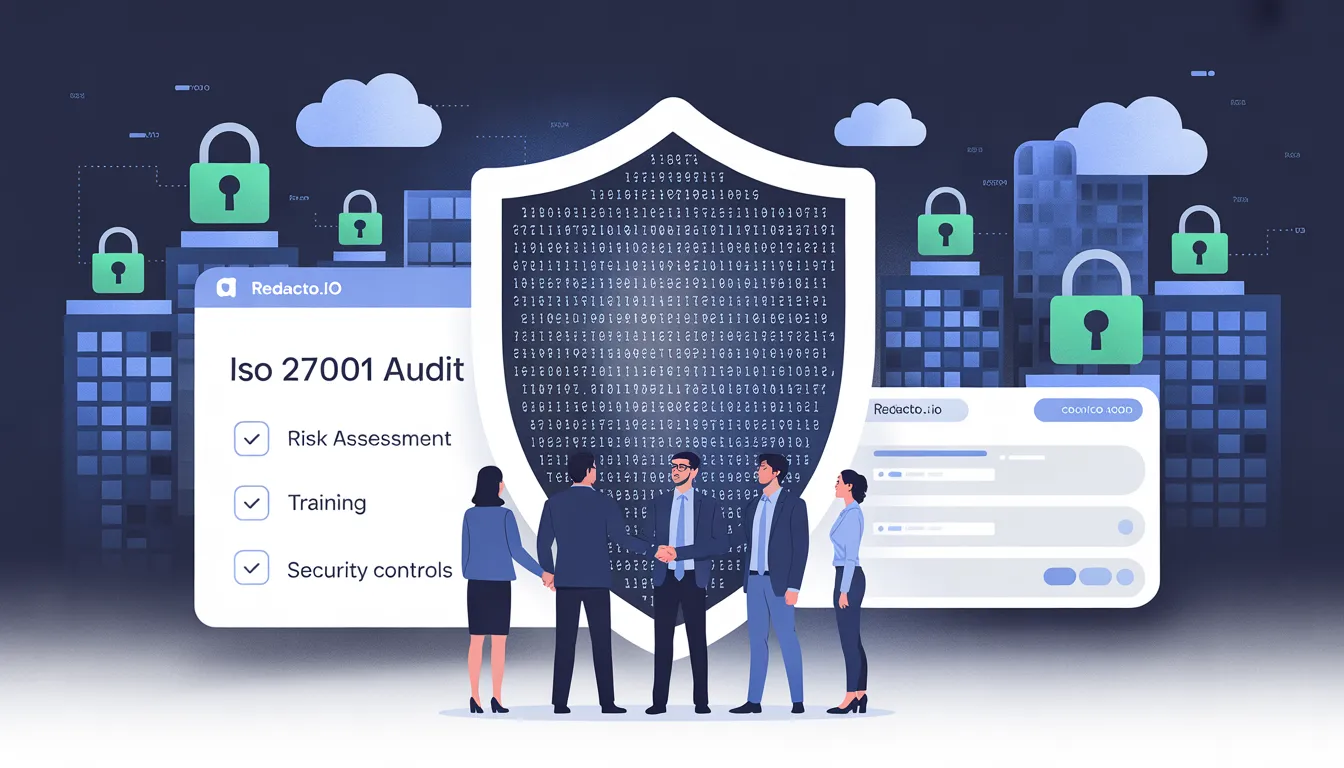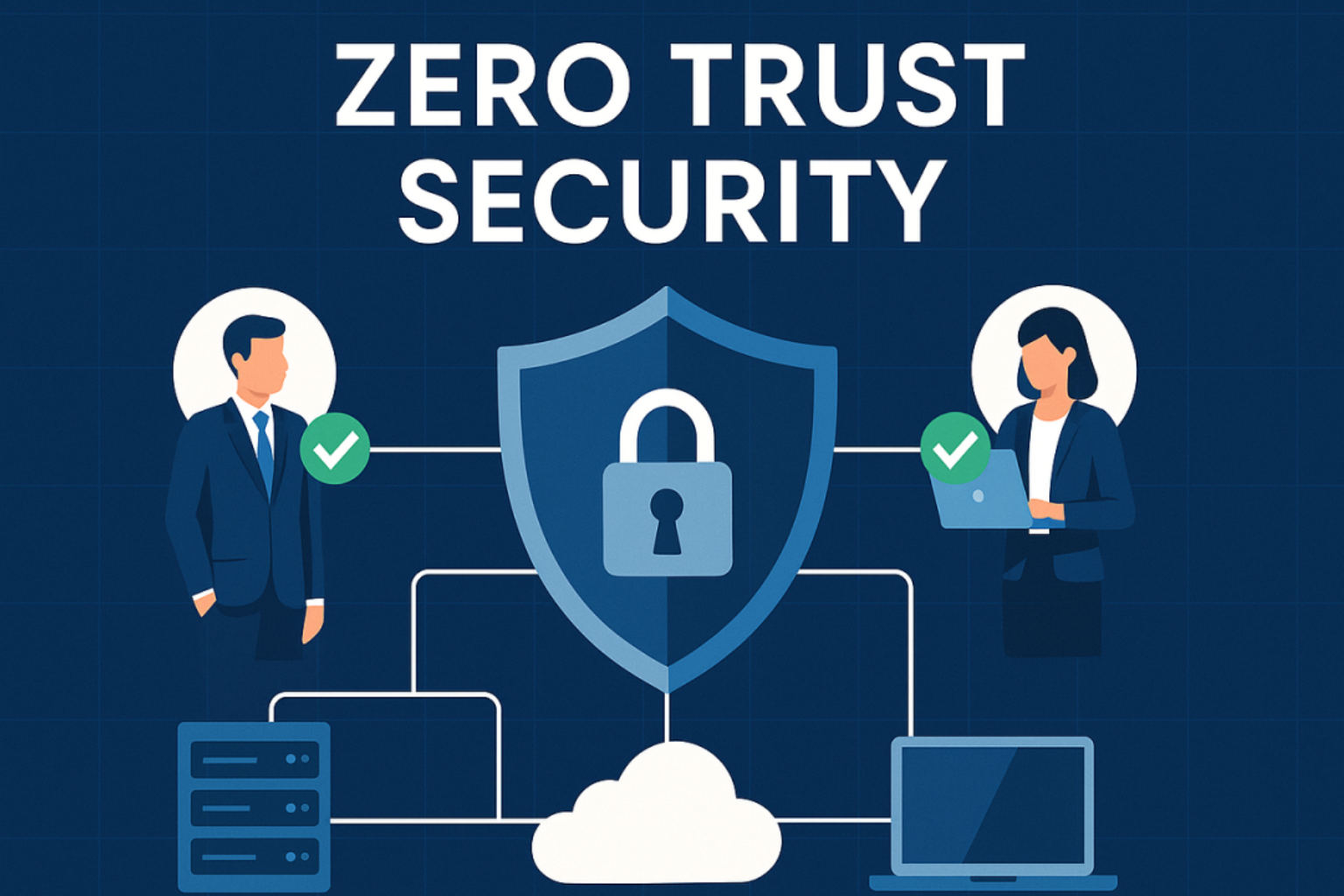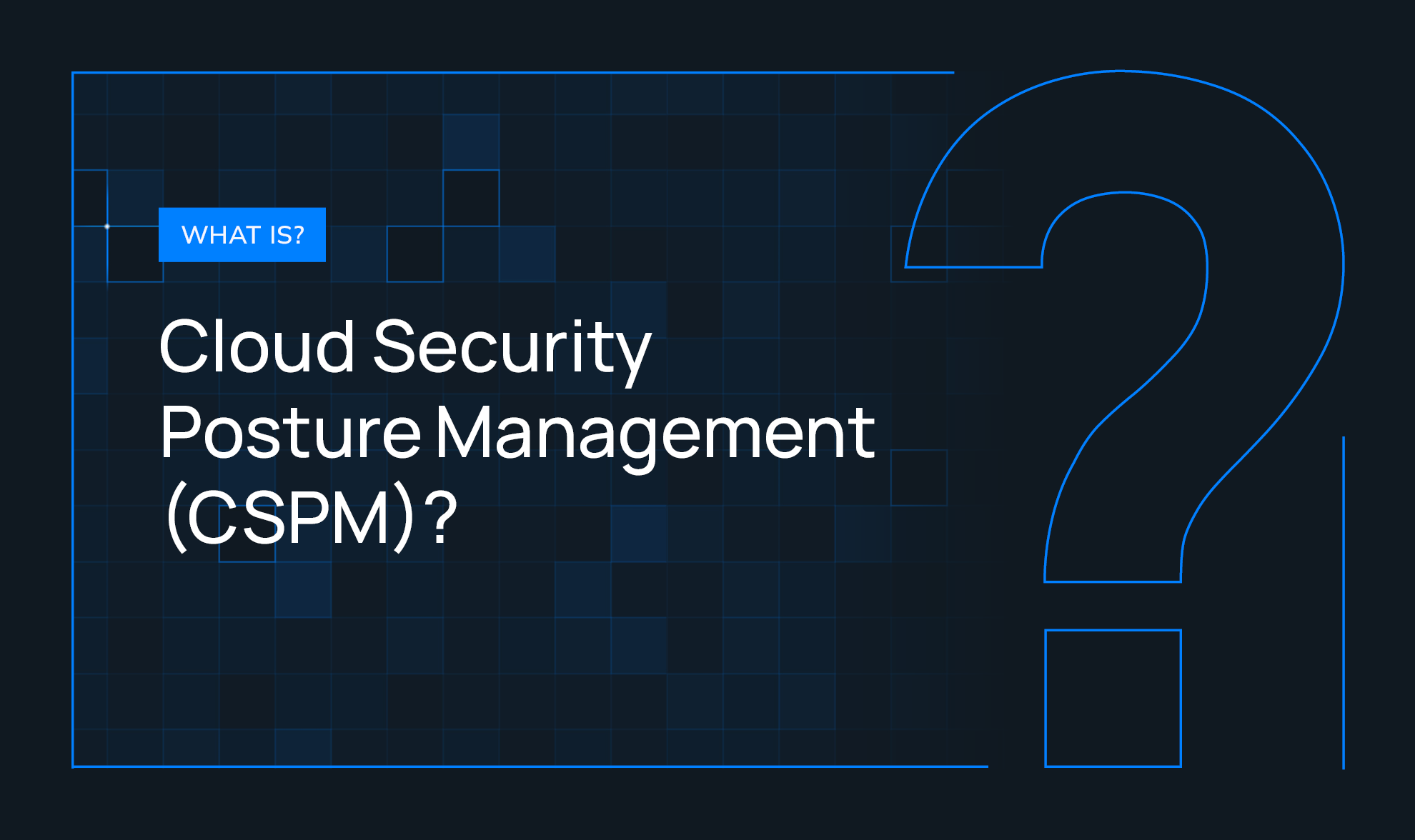
What You Need to Know About ISO 27001 Certification
Feeling overwhelmed by the constant threat of data leaks in your business? It’s a real headache for many, as cyber incidents can strike without warning.
Without proper preparation, one breach might cost you enormous fines, not to mention the reputational losses to your brand, under regulations such as GDPR and the DPDP Act.
ISO 27001 certification can be your protection. It is an accepted measure that demonstrates your responsibility to preserve data without mishandling.
In this guide, we’ll explore all about ISO 27001 certification—what it is, why it’s a must, and how to get it done. We’ll also introduce Redacto tools to address data security struggles, especially for those struggling with it.
What is ISO 27001 Certification?
ISO 27001 was developed by the International Organization for Standardization (ISO) as a worldwide standard to protect information. It assists firms in securing confidential information.
ISO 27001 implies establishing an Information Security Management System (ISMS). This involves identifying threats to your data and preventing them using control measures.
To obtain ISO 27001 certification, an external audit must be passed. This shows that your company adheres to stringent regulations to ensure the security of data, and this earns you the trust of the clients.
Why is ISO 27001 Compliance Important for Your Business?
ISO 27001 compliance is a shield for your business against cyber risks and legal troubles. It acts as a strong barrier, protecting you from data breaches and hefty fines under laws like GDPR.
Here’s why it’s a big deal:
- Builds Customer Trust: With ISO 27001 compliance, clients know their data is safe with you. It shows you’re serious about security, making them more likely to choose your business over others.
- Meets Legal Needs: Laws like GDPR and DPDP Act demand strict data protection. Compliance with ISO 27001 helps you avoid fines and stay on the right side of regulations.
- Wins Business Deals: Many big clients require ISO 27001 certification before partnering. Having it opens doors to new markets and contracts that might otherwise be out of reach.
- Reduces Cyber Risks: ISO 27001 guides you to spot and fix data risks early. This cuts down the chances of costly breaches that could harm your operations and reputation.
- Saves Money Long-Term: Investing in ISO 27001 compliance now prevents expensive fines or lawsuits later. It’s a smart way to protect your bottom line from legal penalties.
How to Prepare for ISO 27001 Certification?
Ready to get ISO 27001 certification? It’s not as scary as it sounds if you prepare well. Let’s break it down into easy steps.
Preparation involves planning and teamwork to meet strict standards. Follow these steps to tackle your ISO 27001 audit with confidence and succeed.

Step 1: Define Your Scope and Goals
To begin with, you need to determine what aspects of your business should be compliant with ISO 27001. Establish explicit objectives of securing data within regulations such as GDPR and the DPDP Act. This allows you to narrow down what needs to be done and makes sure you are not putting unnecessary time into a region that does not need certification immediately.
Step 2: Conduct a Risk Assessment
Then consider risks to your data- think hackers or leakages. Put down what might go wrong and how bad it would be. In the case of ISO 27001 certification, this initiative is the most important aspect of understanding your weak points and complying with compliance regulations such as GDPR.
Step 3: Implement Security Controls
Put protective measures to repair those risks now. This may be in the form of passwords, encryption, or staff training. The ISO 27001 compliance involves more than 100 controls, so it is necessary to select those that are related to your risks and prevent breaches.
Step 4: Train Your Team
Inform all people on board about data safety. An efficient group plays an important role in overcoming an ISO 27001 audit. Ensure they know various policies and laws, such as the DPDP Act, to avoid errors during checks.
Step 5: Do an Internal Audit
Before the actual ISO 27001 audit, audit yourself. Seek any loopholes in your arrangement and plug them. This test run assists in helping you to face the external review and one that conforms to the requirements of GDPR.
Step 6: Face the External Audit
Finally, an outside expert does the ISO 27001 audit in two stages—first a review, then a deep check. Pass this, and you get ISO 27001 certification. It proves you meet global and local laws like GDPR.
How Much Does ISO 27001 Certification Cost?
A big question is, how much does ISO 27001 certification cost? It is not cost-effective, and it varies depending on your size and scope of your business. Expenses are spent on preparation, audits, and continuous work to remain at bay with regulations such as GDPR and DPDP Act, and this saves you fines.
You will, on average, spend about $40,000-50,000 on ISO 27001 certification. It involves the employment of consultants, the establishment of systems, and providing fees for the audit of ISO 27001. Small companies may end up paying less, or big companies with sophisticated data requirements may spend even more.
Remember the annual expenses as well--about 10,000 dollars on maintenance such as internal inspections and upgrading. And, there are the efforts of your team. However, consider the ISO 27001 certification cost an investment; it safeguards you against costly data breaches and lawsuits in the future.
How Redacto Can Help with Third-Party Risk Management for ISO 27001
When you aim to be ISO 27001 compliant, you are also likely to encounter third party risks, such as vendors, which manage your data. Otherwise, you risk breaches and fines related to legal acts such as the GDPR or DPDP Act. This is a major challenge to most of the businesses seeking to gain certification.
And that is where Redacto comes in handy. We provide a robust Vendor Risk Management tool that simplifies the process of becoming certified to ISO 27001. Redacto.io allows you to evaluate a vendor, identify the areas in which their data security is not so strong, and make sure that they satisfy high standards. Be it the monitoring of risks or examining the policies, we make it easy. This keeps you on the same page with regulations such as GDPR and DPDP Act, reducing the possibility of making expensive errors.
Conclusion
Getting ISO 27001 certification is a smart move to protect your data and meet laws like GDPR and DPDP Act. It builds trust and saves you from fines. Start your journey today with these tips, and check out Redacto.io for extra help!
FAQs
What is ISO 27001, and why does it matter?
What is ISO 27001? It’s a global standard for data security. It matters because it protects your business and builds trust, ensuring compliance with laws like GDPR.
How long does ISO 27001 certification take?
Getting ISO 27001 certification usually takes 6-12 months. It depends on your business size and prep for the ISO 27001 audit, plus meeting laws like DPDP Act.
Is ISO 27001 compliance mandatory?
ISO 27001 compliance isn’t mandatory, but it’s often required by clients or laws like GDPR. It shows you’re serious about data safety and helps avoid legal penalties.
What’s the main cost of ISO 27001 certification?
The ISO 27001 certification costs average $40,000-$50,000, covering audits and setup. Yearly costs add $15,000 for maintenance to stay compliant with laws like GDPR.
How often is an ISO 27001 audit needed?
An ISO 27001 audit happens yearly after certification to check ISO 27001 compliance. It ensures ongoing safety and adherence to laws like GDPR and DPDP Act.




%20Redacto%20logo_New.png)



.jpg)

.jpg)

